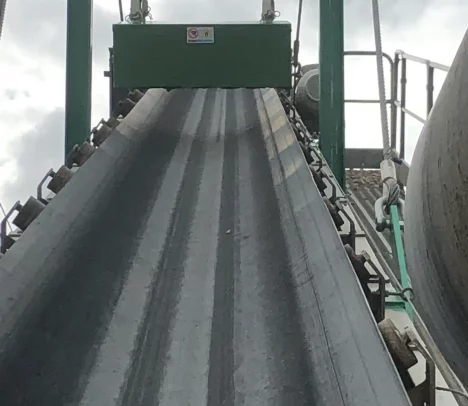Permanent magnets

WHAT ARE PERMANENT MAGNETS?
A permanent magnet is a machine whose function is to separate ferrous metals that may be mixed in the material of any production process and must be removed for safety and/or quality reasons. There are two types of permanent magnets: neodymium or ferrite.
Dragoelectrónica permanent magnets
At Dragoelectrónica we design and manufacture custom magnetic separators with permanent magnets for the decontamination of bulk solids by ferrous and non-ferrous metals. We study each case separately and propose a solution adapted to the industrial process in question and the bulk product to be decontaminated. Depending on the power required or the operation that needs to be carried out, we manufacture with neodymium or ferrite magnets with two goals in mind: to ensure the reliability of the separator but also to reduce the cost of investment for our client.
Neodymium magnets
The neodymium magnet (also known as NdFeB, NIB or Neomagnet) is a type of rare earth magnet with a multitude of uses. This is a very powerful permanent magnet composed of an alloy of neodymium, iron and boron to form the tetragonal crystal structure Nd.2Fe14B.
Very strong magnetic forces are used to attract and repel metals to enable separation and recovery.
Neodymium magnets are produced using two manufacturing methods:
- Classical powder metallurgy or sintered magnet process;
- Rapid solidification process or bonded magnet;
The sintered magnet process produces a much more powerful and robust rare earth magnet, but this is more expensive to manufacture.

Ferrite magnets
Ferrite magnets, or ceramic magnets, are a type of permanent magnet composed of ceramic material and iron oxides in an economical process The permanent magnet has a lot of resistance to high temperatures and is a very ductile material. Ferrite magnets can be manufactured in different shapes (circular, rectangular or square) and sizes (large, medium or small).
The ferrite magnet, like other magnets, can be isotropic (with non-oriented crystals) or anisotropic (with oriented crystals): to these families correspond different flux values and energy products, which characterise its end use.
There are two types of ferrite magnets:
- Strontium ferrite magnets
- It is the most widely used and has superior magnetic properties.
- Barium ferrite magnets
- They are more affordable.
The sintered magnet process produces a much more powerful and robust rare earth magnet, but this is more expensive to manufacture.




